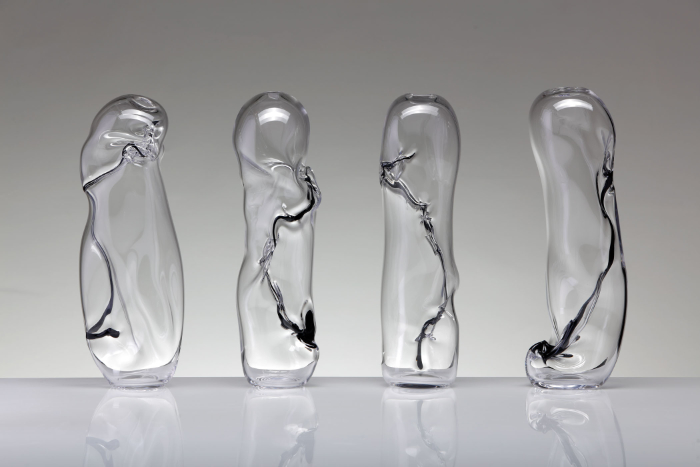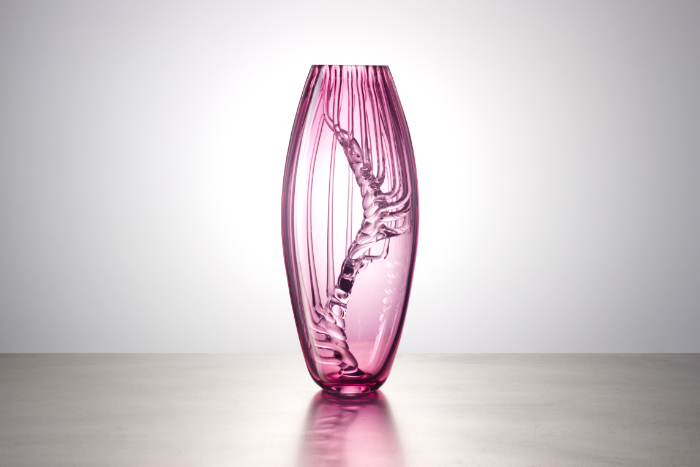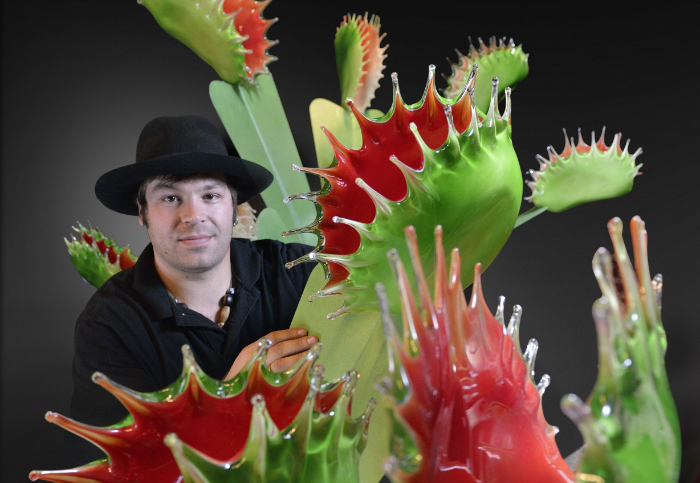
Grand designs: an odyssey that started with orchids
American glassblower Jason Gamrath sells his larger-than-life botanical sculptures for many hundreds of thousands of dollars today, but he spent years perfecting his vision and learning the hard way about how the art world works. Here he explains how he has developed a thriving business.
I started my glass career when I was 15 years old at Pratt Fine Arts Center in Seattle, US, on the high school programme. About two weeks after I started blowing glass I made a purple vase and sold it, which showed me that people liked my style, and also that I could sell what I made. This gave me the impetus to follow a career with glass.
I had many wonderful teachers at Pratt, my first being David Minetti. He made us all feel like we could achieve anything we wanted. However, the most supportive person there was Paula Stokes, who helped me focus on a serious career path. She saw something in me from the start, introducing me in an early class with, “This is Jason. He’ll probably be blowing glass for the rest of his life.” It turned out she was correct! I am so grateful to her for being such an excellent, caring and inspiring person in my early years.
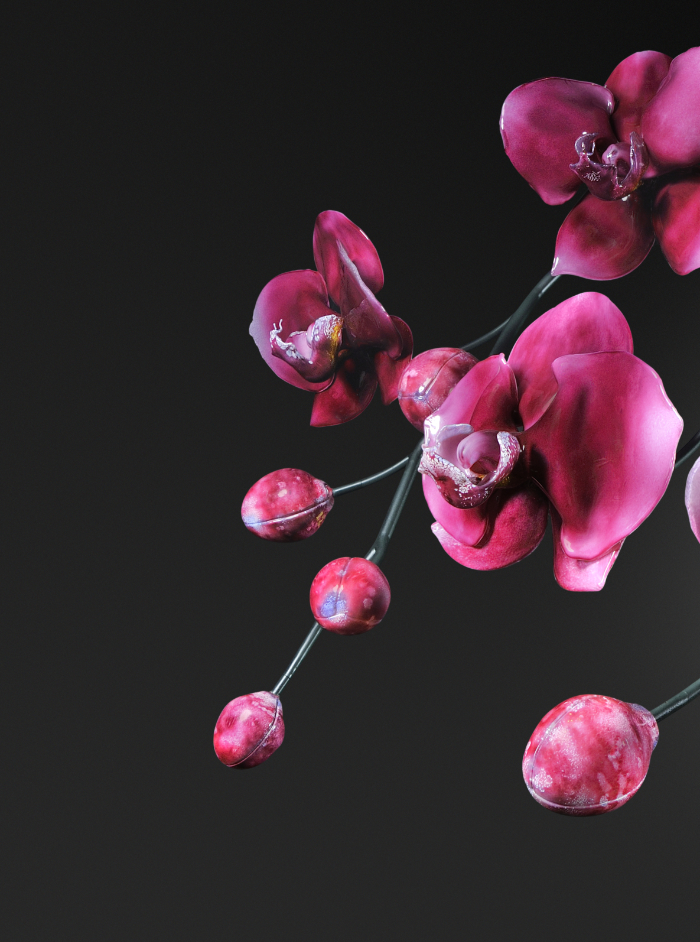
When I was old enough, I applied to Dale Chihuly’s Pilchuck Glass School. My mother helped me with my Pilchuck application, and we submitted it online with a minute to spare before the deadline. After a month or two, I received a letter saying I had been accepted by lottery! I was only one of ten people from over 100 applicants who had applied from over ten different countries. It felt like I was meant to be there and study with the best.

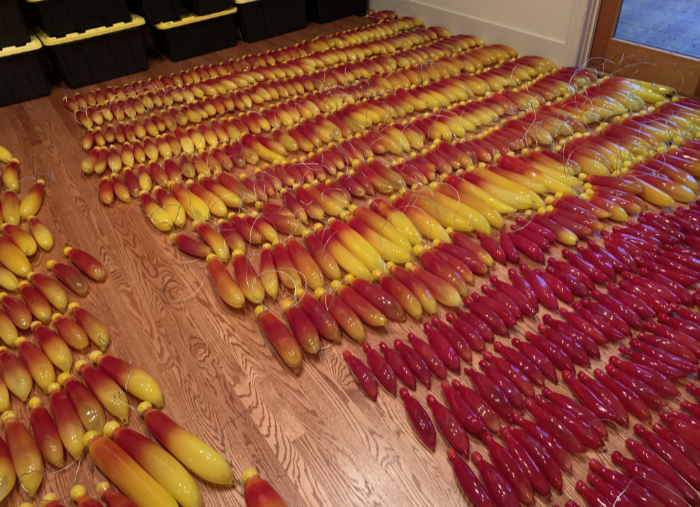
The artists at Pilchuck on William Morris’s team included Randy Walker, Karen Willenbrink-Johnsen, Jasen Johnsen, Rik Allen, JohnnyO, Kelly O’Dell, Raven Skyriver and Niko Dimitrijevic. They represented possibly one of the best glass teams ever put together in the history of the world.
At the end of the course, Randy invited me to work for him. I cried with joy and I gave it my all from then on. I spent around six years studying under him, and other top artists, while simultaneously developing my own work.
At one point I had a job offer from Dale Chihuly, but I had to decline because I wanted to create new work that the world had never seen before; I had to go my own way.
I finally saved up enough money to purchase a studio with a 14-foot ceiling. It was perfect for the large size sculptures I wanted to create.
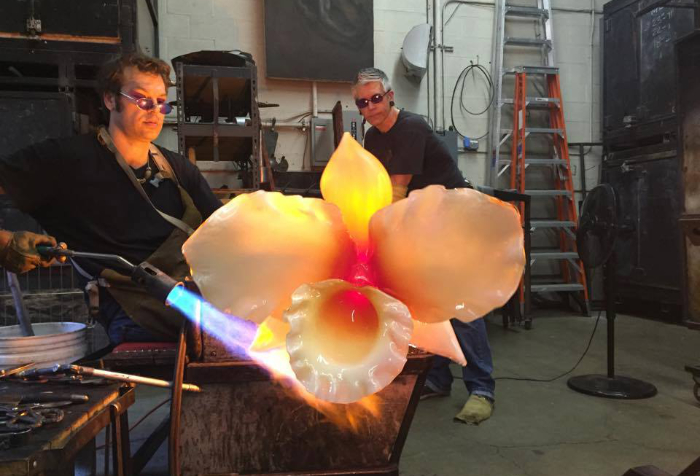
When I was about 18, I had been inspired by a beautiful orchid at my parents’ house. I thought if I were able to make it out of glass, it would be one of the most beautiful sculptures ever. That was the starting point for my intense dedication to creating such a piece. I failed hundreds of times and it took me nearly four years to create the first orchid. However, by the time I had created the second or third, it was obvious that I had something very special, both in terms of a technical glass sculpture and in terms of the emotional reaction to these pieces as well – everyone felt the magic when standing underneath these massive orchids, which seemed to have great wisdom. I was further encouraged by the responses of everyone who saw them.
I put multiples together and then began creating the entire orchid plant, with flowers, buds, tendrils, roots and leaves.
That is when things started to take off for me professionally. I was invited on TV shows across the US and as far from Seattle as Japan, Ukraine and Greece. A famous designer flew me out to discuss projects, plus hundreds of articles were published in the press. Clearly the orchid in glass was something very special and I was excited to follow this path. However, what I really wanted to do was multi-million dollar projects – not to make a ton of money (although that does come with the territory), but to be able to fund and create exhibitions that would blow people’s minds. I aspired to create shows that people could see ten times and find something new on each visit.
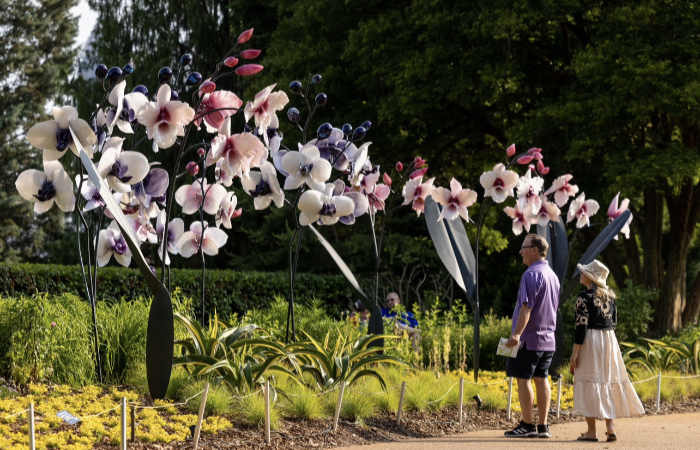
At the age of 23 I heard about a big art competition with a top prize of $200,000. I made a load of glass work and exhibited it at a prestigious art museum venue for the show. I used up the limits on two credit cards to be able to make the pieces and deliver them.
The winner was decided by the greatest number of public votes, with the artists buying vote cards with a voting number on for the public to vote for their favourite. I got into the top ten, with a prize of $10,000, all of which I spent on buying more vote cards. Then I had a call from a lawyer for the competition saying I needed to sign a document stating that, if I won, everything I had in the exhibition would become the property of the organisers. My work on display was worth $300,000, which meant that if got the top prize, I would actually be losing $100,000. Immediately I stopped the vote cards.
From that point on, I started connecting with the wealthy people of the area and instead, I was able to sell almost all of the work that I’d entered in the competition. I didn’t win the first prize, but I sold $350,000 of art privately. That experience taught me a valuable lesson and I was lucky to learn it so young. When it was time to drive home, I got rid of my U-Haul truck, bought myself a Ferrari, and headed back to Seattle with my head held high.
I spent the next several years creating enormous glass sculptures. Knowing I had some very powerful artwork, I started looking for an impactful place to exhibit.
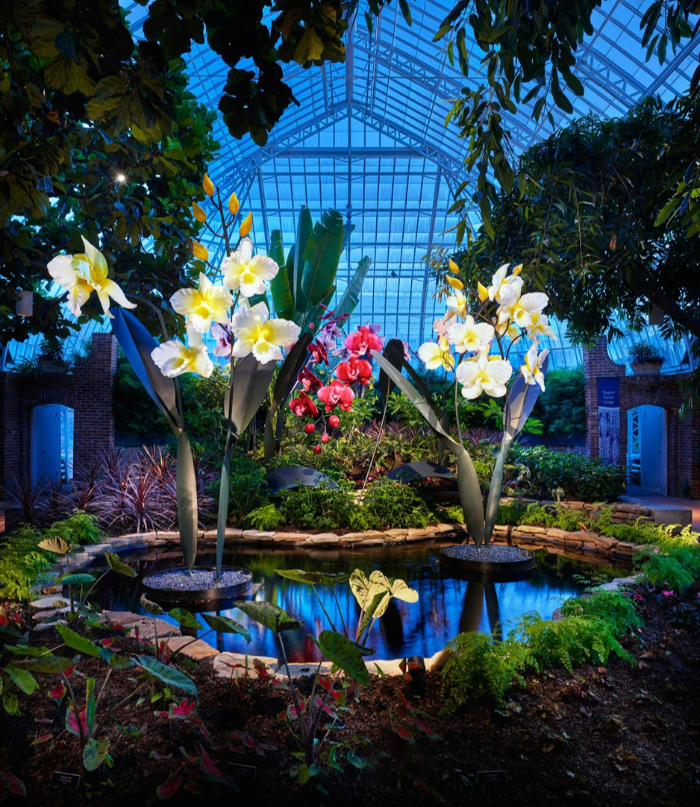
Finally, I found a project worth the effort. It required me to create 400 individual pieces. I spent all the money I had – hundreds of thousands of dollars – to create about 50 extra artworks to show, because I wanted the exhibition to be the absolute best it could be. Maybe it was because I exceeded the amount, or thanks to the support of my exhibitor, that the PR campaign was so wide-reaching. I was on radio shows, TV shows, did autograph signings and everything that made me feel important. Vast numbers of people visited the exhibition. And afterwards I bought my second Ferrari.
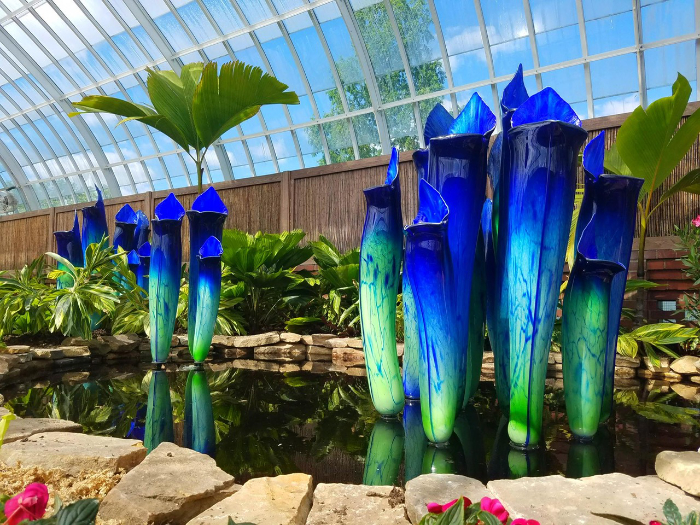
However, I realised that getting all that attention was not the important part; rather, it was creating something that made people react emotionally, so I returned to that goal. I am now eight years into putting on huge shows over several months, which bring hundreds of thousands of people to see them.
The most rewarding part is seeing how people react to the work. A lot of people cry from joy at the beauty of work, but, perhaps more importantly, I see people cry with sadness when a piece reminds them of lost loved ones. People react not to the physical form of it, the beauty, the colour, the symmetry, or anything that would make a piece of art ‘good’, but to the pure energy that comes from it. The work connects with people on a deep level. I did not do this; I just let it flow through me, and, when I look at them myself, I am often very emotional. I know this sounds crazy, but once you have seen one in person, you will understand.
My aim is always to put on exhibitions where, ideally, 200,000 people visit. I achieve this by using venues like large hotels, grand openings around the world, botanical gardens and conservatories. Of course, private clients are a part of my business, but larger institutions are my favourites.

I have huge emotional support from my family, friends and dog. When I commit to an exhibition, it takes a year or more of total dedication to the work and I could not achieve it all without them. If you are reading this, and you have helped on my project in some way, thank you so much – it would be impossible without you!
For anyone wanting to have a fruitful career with glass art, I would say it is important to serve an apprenticeship under a famous artist who makes incredible artwork! Tell them you will work for free, you’ll be 100% committed and work for them seven days a week, if required. If you give your energy to that person training you, they will help you to build your career. Once you have learned the basic skills, go out on your own and chase your goals. This may or may not be through galleries, but could be in the wider world, through institutions that love your work for what it represents. Find these people and I guarantee you will be successful!
Find out more about Jason Gamrath and his work via his website: http://www.jasongamrathglass.com
Main feature image: Jason Gamrath with his larger-than-life Venus Fly Trap glass sculpture. Photo: Lumina Studio/Dan Fox.
